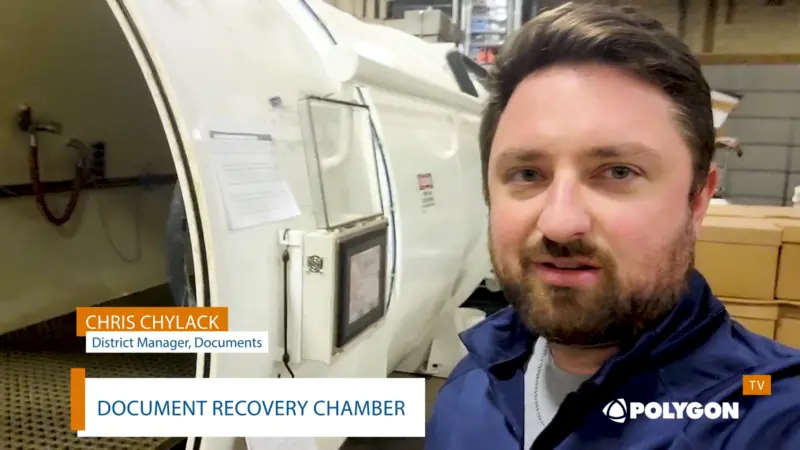Desiccant Dehumidifiers Are Key for Managing Humidity Across Diverse Industries. Here’s How They Work.
Nobody likes a damp environment, particularly when striving for ideal conditions in industrial settings. This is where desiccant dehumidifiers come into play – offering an efficient way to manage humidity and temperature across diverse industries, from surface preparation and coating to marine services and cold food storage. How do these industrial dehumidifiers achieve precise humidity control, even in challenging conditions?
Desiccant dehumidifiers use hygroscopic substances like silica gel, lithium chloride, or molecular sieve to absorb moisture from the air. The most common type of desiccant dehumidifier is the rotary desiccant system, where a rotating wheel traps moisture when the surface’s vapor pressure is lower than the passing air’s vapor pressure. These devices can operate efficiently even in low temperatures, making them a popular choice for industries that require precise humidity control. Kyle Mattingly, Project Manager at Polygon US, delves into the essential role of the desiccant wheel and its innovative approach to maintaining optimal humidity levels.
Kyle’s Thoughts
“Hi, I’m Kyle Mattingly, project manager with Polygon in Orlando, Florida. Today, I will give you a brief overview of a desiccant dehumidifier. This is one of the most efficient and effective ways we remove moisture from the air. The most important part of a desiccant dehumidifier is the desiccant wheel, sometimes called a rotor. Desiccant wheels absorb moisture much like a sponge. But this is not to be confused with the filter.
Desiccant wheels are typically made of a corrugated fiberglass structure that contains a hygroscopic material that attracts moisture. Some examples are lithium chloride, molecular sieve, or the most common is silicon gel. The desiccant wheel is constantly rotating during operation.
There are two airstreams that go through the desiccant wheel separated by a seal to isolate. First, we have the process of air stringing. Air is moved through the machine via the process inlet. As the air passes through the machine, the moisture in the airstream is absorbed by the desiccant wheel. The air leaves the dehumidifier much dryer through the process outlet and into the space being conditioned.
Next, we have the reactivation of airstream. Reactivation, also referred to as regeneration. Air is brought into the dehumidifier and superheated. Typically done with electric heat elements or a gas burner. Steam reactivation is also an option. The heated air moves through the desiccant wheel and captures the accumulated moisture from the wheel.
The wet air is then discharged or exhausted outside. Please reach out to our team with any questions or if you would like to learn more. Thank you.”
Article written by Azam Saghir.



